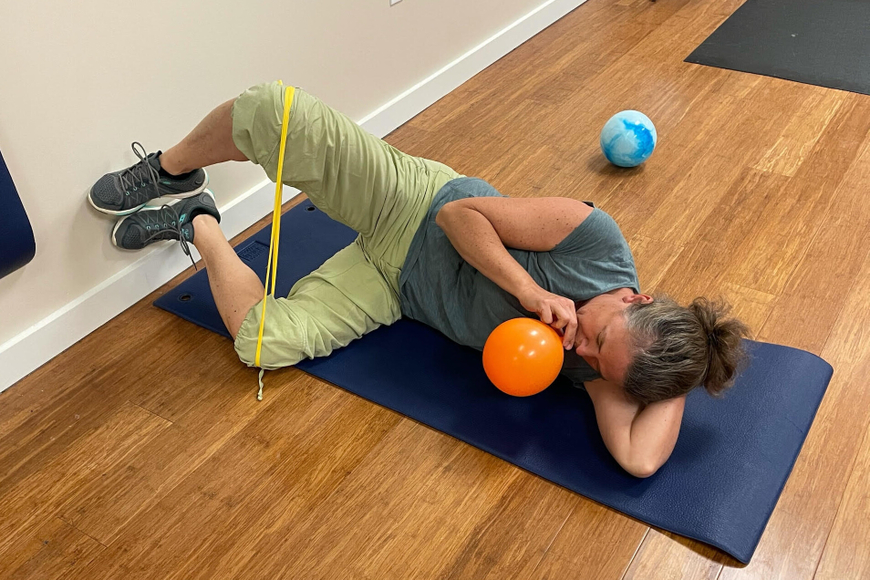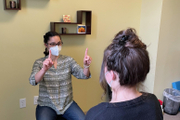Postural Restoration

Upright, weight-bearing posture for humans requires coordination of multiple muscles. We practice with these muscle as infants, from lying on our backs, bringing our feet to our mouths (abs), rolling (abdominal obliques), to rocking on hands and knees, sitting, and eventually standing. We start in a wide stance for balance, moving to a more narrow stance, and eventually weight-shifting to be able to walk. How did we accomplish so much? As toddlers, we have strengthened our muscles enough to have excellent postural positioning. Unfortunately, as we age, we lose that perfection and start practicing and learning habits that may not be so good.
As humans, we have a natural tendency to create these bad habits in similar ways. This is due to our anatomy. We all have a diaphragm, yet there are 2 domes - one on the right and one on the left. The left is actually smaller, leading to a tendency for the left ribs to flare out and expand. We also have a heavy liver on the right, which guides us to stand on our right leg more. Both of these anatomical situations start to guide our bodies into a torsion to the right. Because we are not going to have our eyes to the right, we compensate and turn our heads/midback to the left to keep our eyes level. This may be the beginning of spinal scoliosis.
A Postural Restoration therapist will evaluate your unique postural positioning to come up with the program that works best for you individually. The goal is optimize your center of gravity back to the middle – thus minimizing the “wear and tear” in appropriate places that can lead to osteoarthritis, tendinopathy, bursitis, and chronic pain, to name a few. All of this work starts with the diaphragm, so don’t be surprised if your exercise program begins with breath training (we could all learn to breathe a little better!). Appropriate positioning and utilization of the diaphragm just may the best “relaxing” prescription, to turn turn down hypertonic muscles and facilitate the parasympathetic nervous system, also known as your "rest and relax system."


